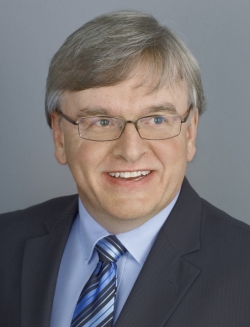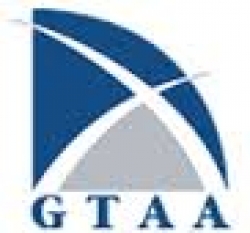
 Pat Neville, Vice President, Airport Planning and Technical Services, Greater Toronto Airports Authority, Canada
Pat Neville, Vice President, Airport Planning and Technical Services, Greater Toronto Airports Authority, Canada
Day 3 - 17 March
Session: Aviation & Border Security, Control & Facilitation
10:05 - 10:55 - PANEL DISCUSSION: US pre-clearance on the world stage
Synopsis: Panel Chair: Stanis Smith, Executive Vice President, Stantec, CANADA A pre-clearance facility is a US Port of Entry located at an airport in another country. Airports with pre-clearance can enable airlines to fly into any US airport. Until recently, pre-clearance was only available to Canadian and Caribbean Airports, but in 2015 the USA announced its intention to expand US pre-clearance around the world. This session will provide a balanced perspective of the benefits and challenges involved in implementing pre-clearance in an airport. The panelists will include US CBP (Customs and Border Protection), the CEO of an international airport that has pre-clearance, and consultants who have designed pre-clearance operations. Each panellist will make a short presentation, followed by discussion. Randy Howe: What is pre-clearance, in simple terms? What are the intentions of the US Government for roll-out of the Pre-clearance Program? How do airports apply for pre-clearance? What key things do airports and their consultants need to know about pre-clearance? Vernice Walkine: Brief description of Nassau Airport and the new pre-clearance facility, How has the new US pre-clearance facility enhanced the capacity and passenger experience at Nassau? Regarding the pre-clearance facility, what challenges have there been (either during design or in operation) and how have these been overcome? What recommendations do you have for other airports intending to incorporate pre-clearance? Pat Neville: Brief description of Pearson, and the recent changes made to pre-clearance at Pearson, How has the new US pre-clearance facility enhanced the capacity and passenger experience at Pearson? Regarding the pre-clearance facility, what challenges have there been (either during design or in operation) and if so, how have these been overcome? What recommendations do you have for other airports intending to incorporate pre-clearance? Stanis Smith: Brief presentation of the pre-clearance manual, brief presentation of design challenges associated with pre-clearance, brief presentation of how these design challenges have been overcome.
Audience will learn:
- What is US pre-clearance?
- What strategic advantages do airports with US pre-clearance have?
- What are the challenges involved in implementing US pre-clearance?
- How are the challenges of US pre-clearance overcome?
Day 3 - 17 March
Session: Technology: Baggage Processing Innovations
11:40 - 12:05 - Toronto Pearson baggage masterplanning – building an international hub
Synopsis: Toronto Pearson is one of the fastest-growing airports in North America and is quickly establishing itself as North America’s gateway to the world. With passenger volumes expected to reach 50 million by 2020, Pearson’s baggage masterplan is meeting the capacity and baggage transfer challenges head on.
Audience will learn:
- The growth challenges facing Pearson and the impact on baggage handling processes and systems
- How Pearson is optimising the baggage handling system capacity to meet demand
- How Pearson is converting and repurposing BHS systems from O&D to Transfer
- The physical challenges, the facilitation challenges and the solutions being planned and implemented
- Change management – sustaining operations while rebuilding and repurposing systems